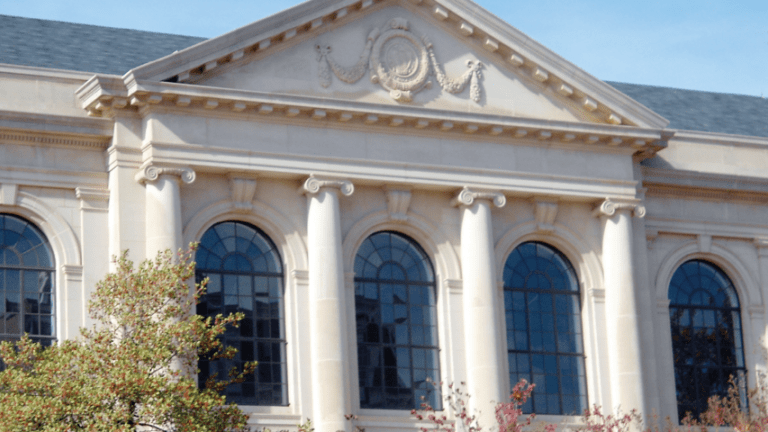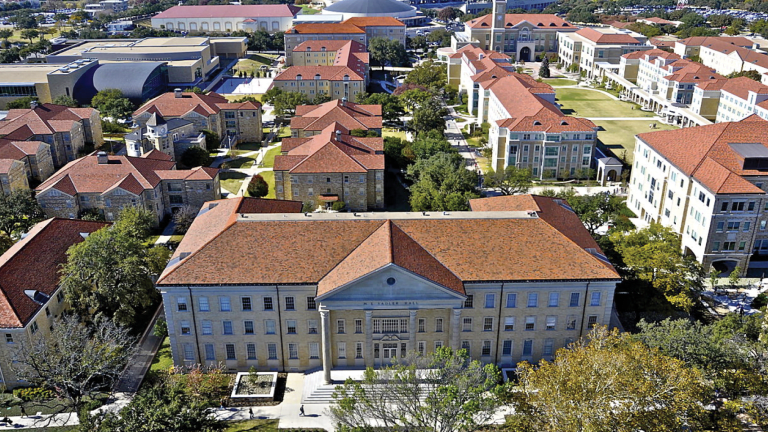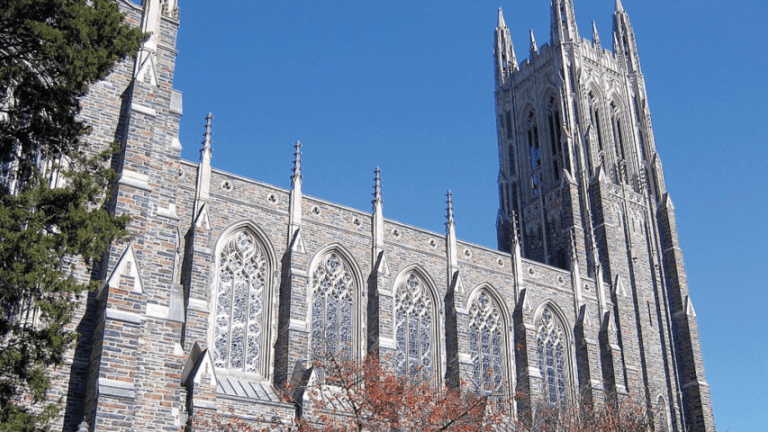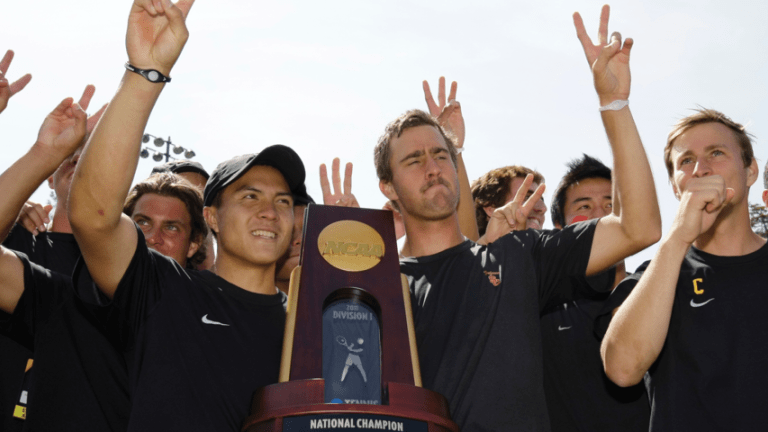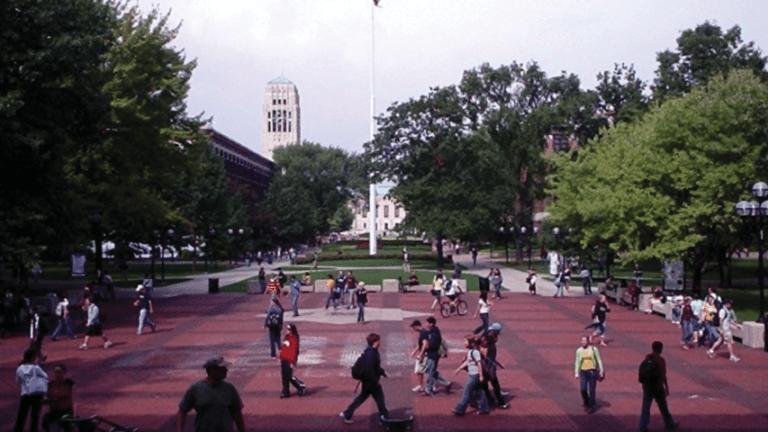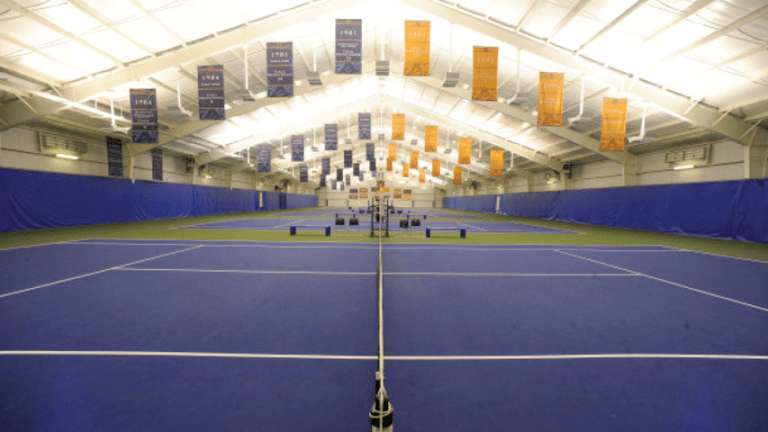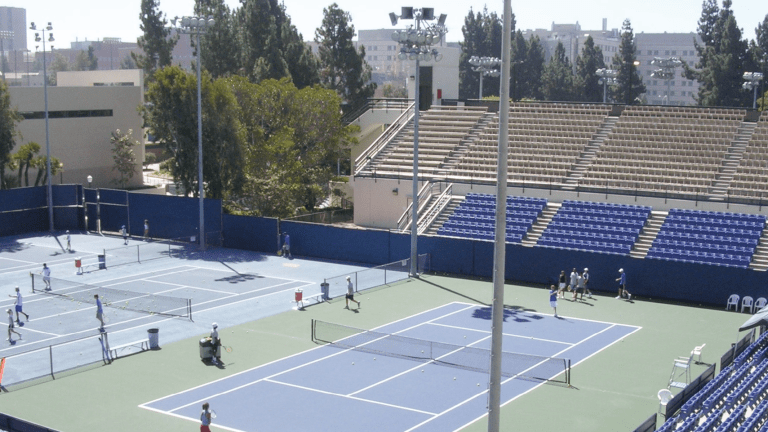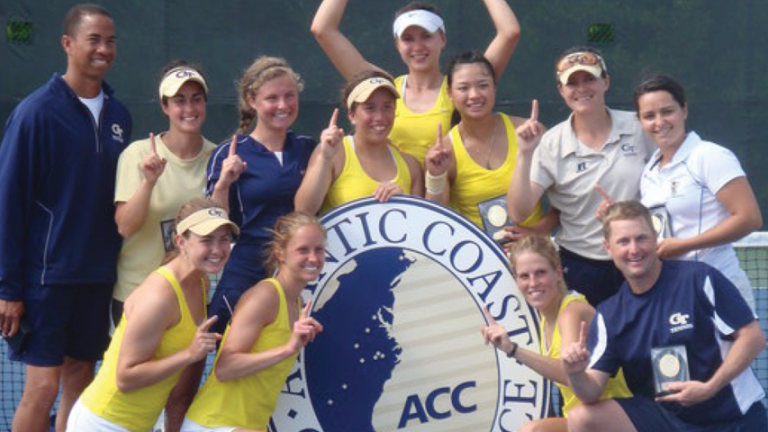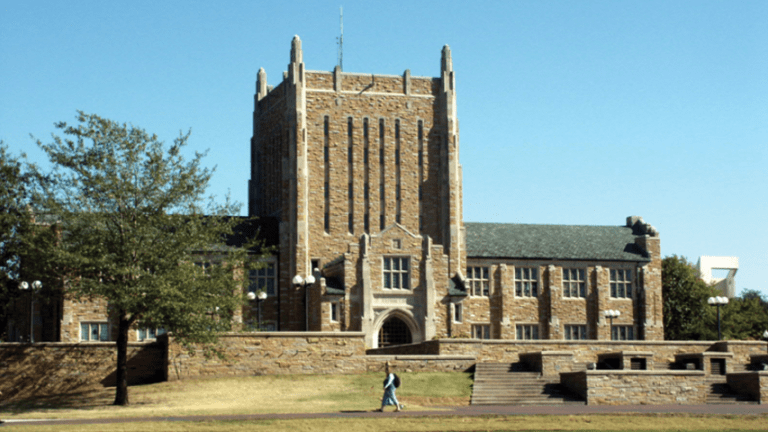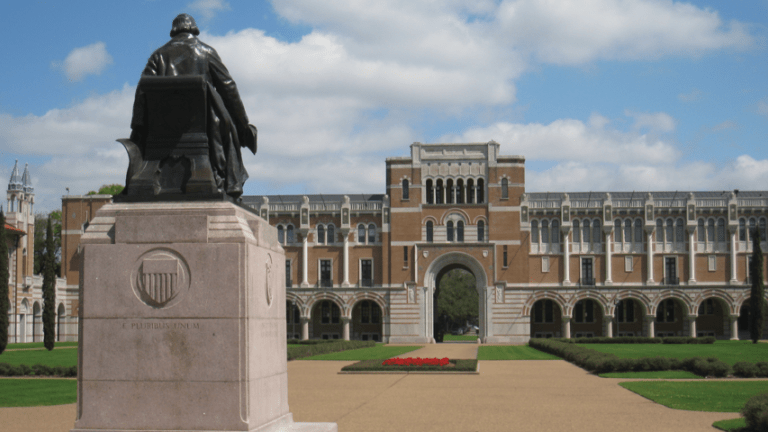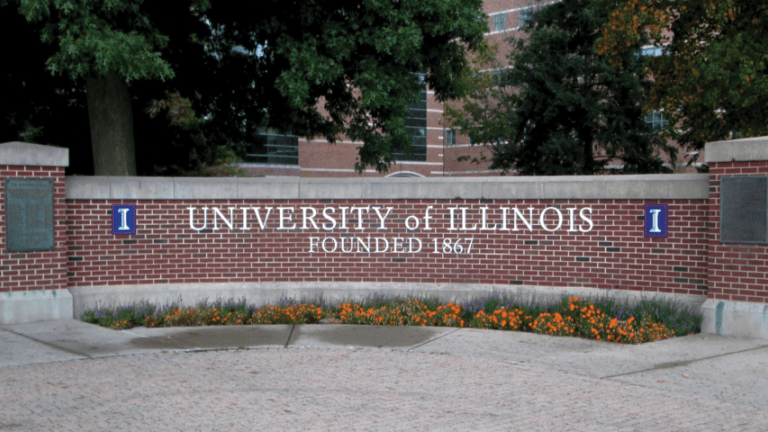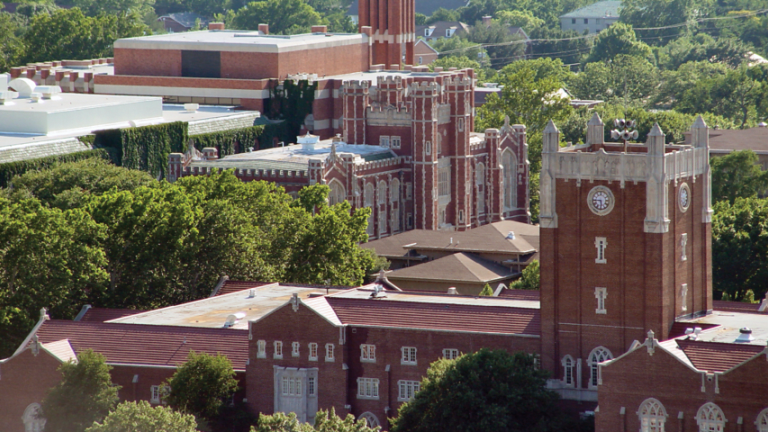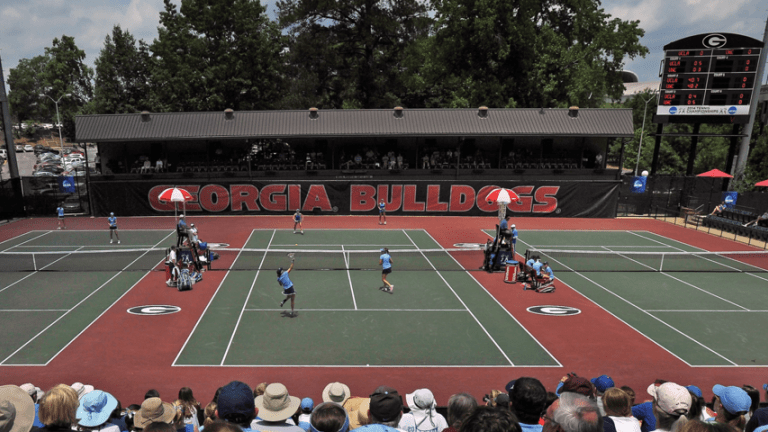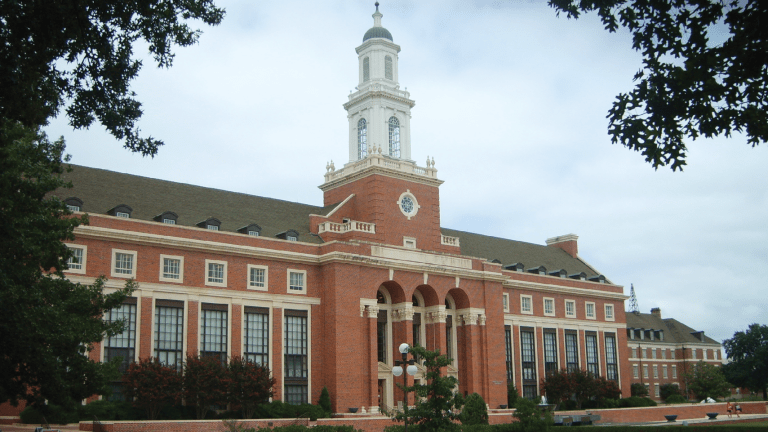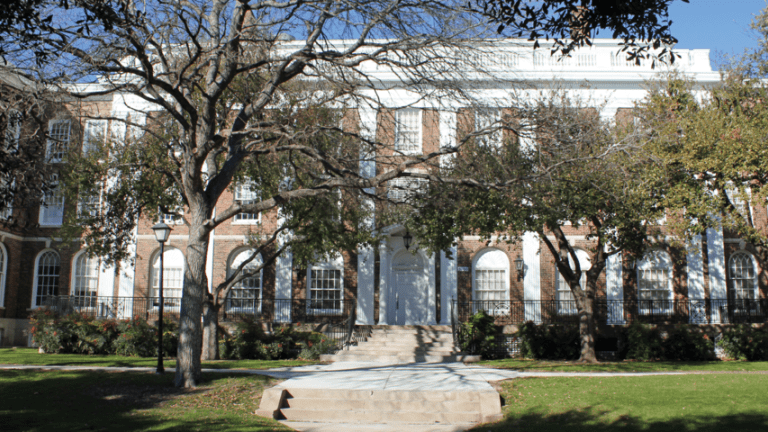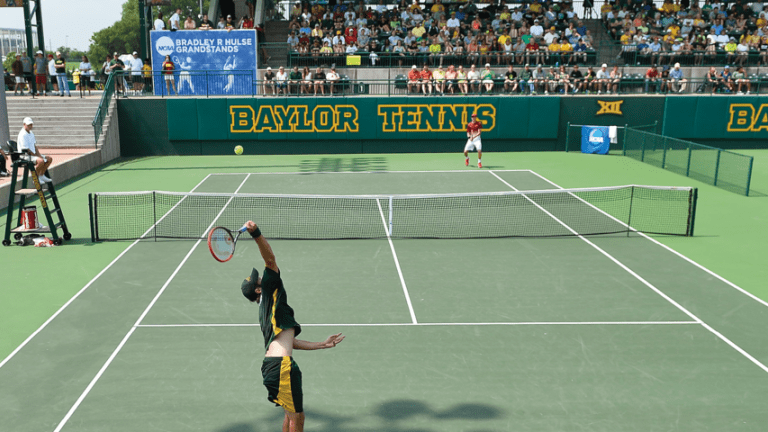When you say “college tennis,” one of the first things that should come to mind is Georgia and the Dan Magill Tennis Complex. No other city has hosted more NCAA Championships than Athens, with 31 events (24 men’s, three women’s and four dual-gender). The atmosphere in Athens is tough to match in any sport.
The 16-court facility (12 outdoor and four indoor) was opened in 1977. The Henry Field Stadium has a 4,500-seat grandstand behind Courts 1, 2 and 3, along with additional stadium seating. Four more outdoor courts are laid out next to the indoor center, with another two courts sitting up on a small hill.
The four-court Lindsey Hopkins Indoor Center was built in 1980 and has seating for roughly 1,000 spectators. It will become a six-court facility by the time the NCAA Championships return in May 2017.
Lighting for the outdoor courts was added in 1991, thanks to a $90,000 donation from actress and Athens native Kim Basinger. The complex beside the courts houses the Men’s Collegiate Tennis Hall of Fame, which was built in 1984 thanks to a $200,000 donation from singer Kenny Rogers.
There has been an explosion of tennis facilities popping up all over Texas in the last few years, but the school that got it all started was Texas A&M in College Station. The Mitchell Tennis Center, which has 12 lit outdoor courts with seating for up to 3,000, was built in 1998 at a cost of $4.2 million.
The Mitchell Tennis Center has locker rooms, a full-sized training room, a player’s lounge and offices. There are also individual scoreboards on every court. In 2001, the Phil and Dee Springer Family Stadium Club opened, giving season-ticket holders access to covered courtside seats between Courts 1 and 2. It has hosted three NCAA Tournaments (2002, 2005 and 2009) along with numerous USTA and junior events.
Austin Krajicek, who broke into the Top 100 for the first time this year, is a Texas A&M alumni, two-time All-American and NCAA doubles title champion (with Jeff Dadamo). The Aggies continue to bring in top talent each year and one of its best selling points has to be this beautiful facility.

